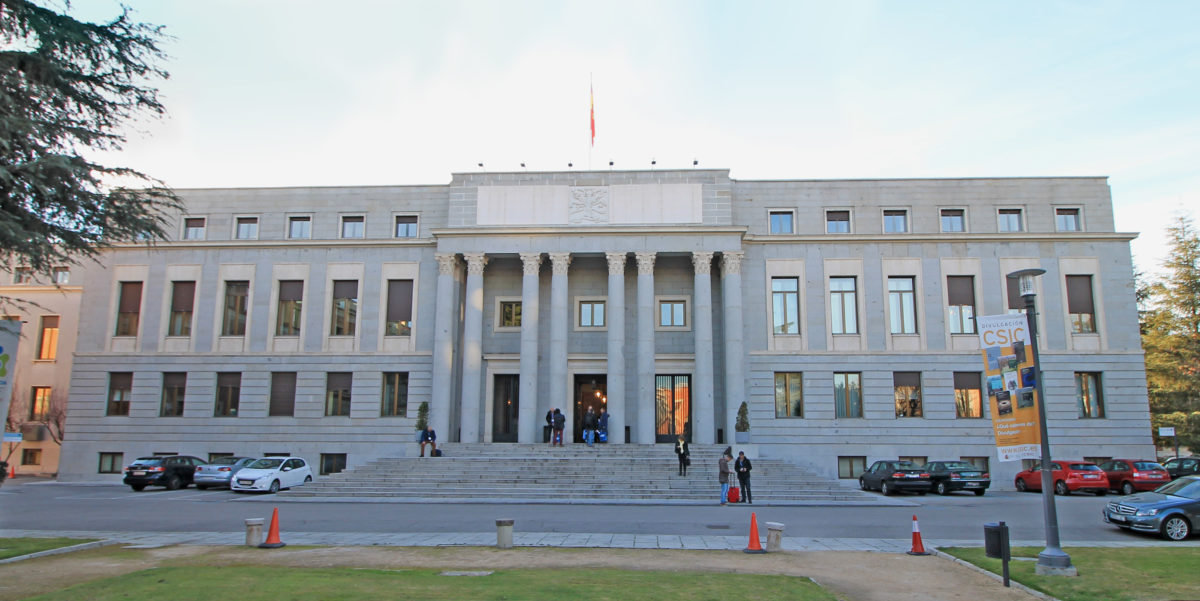Artificial intelligence has found plenty of time and money saving applications within the solar industry, in the automated production of solar panels and the forecasting of their long-term performance, among other areas.
Now, a team of researchers from the Spanish National Research Council (CSIC) and the Institute of Solar Energy at the Technical University of Madrid have demonstrated a machine learning technique, which they say can reduce a whole year’s worth of solar spectrum data to just a few characteristic spectra. This can then be used to quickly determine the optimal solar cell design to maximize energy production at a given location.
“Using a technique of statistics and artificial intelligence known as clustering,” says CSIC researcher Jerónimo Buencuerpo Fariña, “we have achieved a practical method to take into account all changes in sunlight and obtain in just a few hours an optimal solar panel design for any location.”
The method is described in the paper Solar cell designs by maximizing energy production based on machine learning clustering of spectral variations, published in the journal Nature Communications.
A grouping method proposed in previous research is utilized to place different spectra into groups based on certain characteristics, and a machine learning technique known as structured feature agglomerative clustering is employed, which the researchers say reduces the number of spectral sets by as much three orders of magnitude.
Popular content
The method could be used to better predict the performance of different solar cell designs, and for scientists working on these to focus on features that will affect the energy yield over time, rather than efficiency under standard test conditions.
“In practice, the standard efficiency differs from the yearly averaged efficiency (…) due to spectral variations as a function of the position of the sun and atmospheric phenomena,” reads the paper’s introduction. “Data sets with thousands of solar spectra can be reduced to a few characteristic proxy spectra using machine learning techniques, and successfully use these proxy spectra to predict the yearly averaged efficiency as a function of the solar cell design.”
The paper finds that for scientists looking to optimize the bandgap of a material in order to absorb a larger portion of the light spectrum, there are significant differences between optimizing energy yield and standard efficiency, and that focusing on advanced systems that combine heterojunction and bifacial technologies could realistically result in yields as high as 1 MWh per square meter, per year.
This content is protected by copyright and may not be reused. If you want to cooperate with us and would like to reuse some of our content, please contact: editors@pv-magazine.com.



By submitting this form you agree to pv magazine using your data for the purposes of publishing your comment.
Your personal data will only be disclosed or otherwise transmitted to third parties for the purposes of spam filtering or if this is necessary for technical maintenance of the website. Any other transfer to third parties will not take place unless this is justified on the basis of applicable data protection regulations or if pv magazine is legally obliged to do so.
You may revoke this consent at any time with effect for the future, in which case your personal data will be deleted immediately. Otherwise, your data will be deleted if pv magazine has processed your request or the purpose of data storage is fulfilled.
Further information on data privacy can be found in our Data Protection Policy.